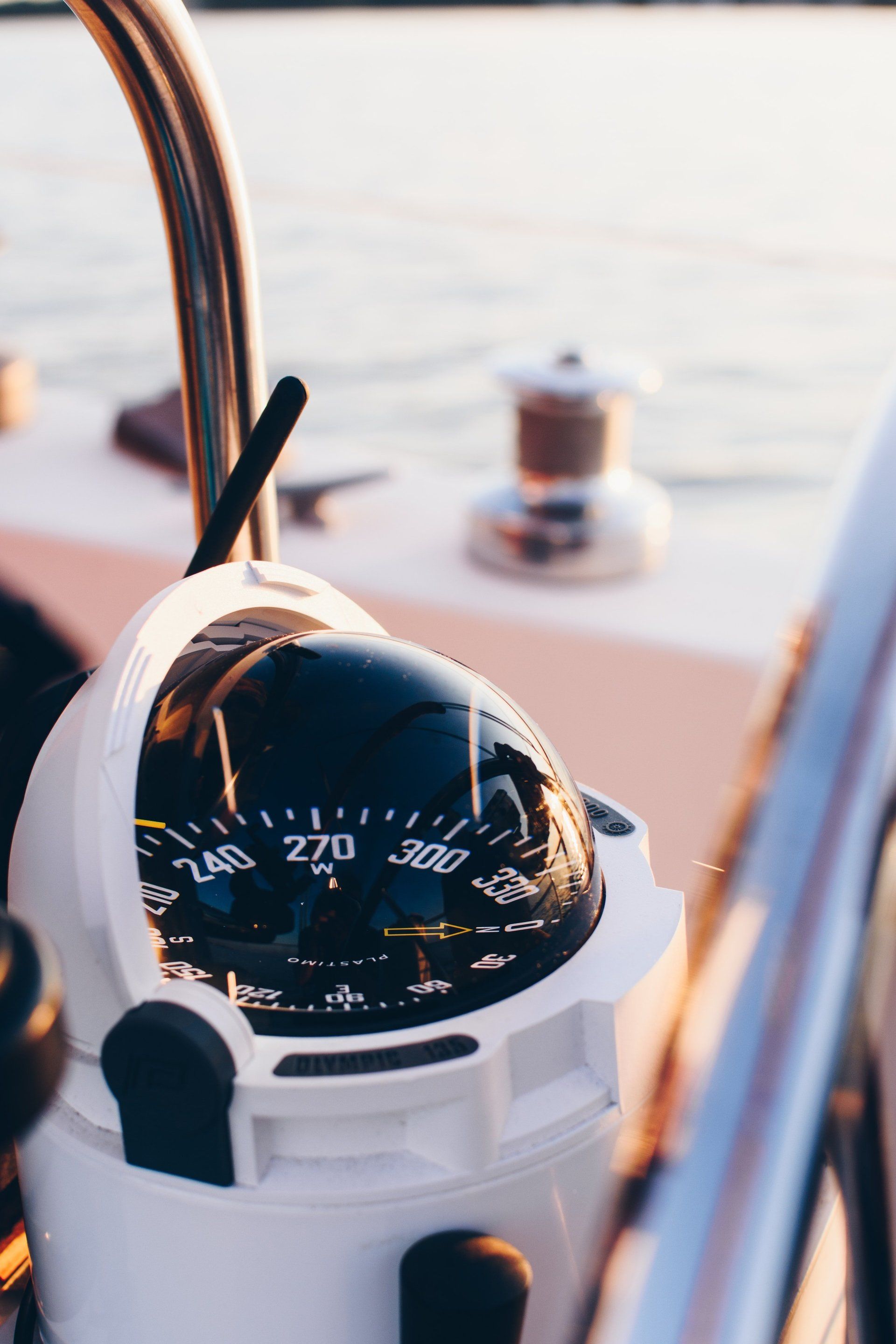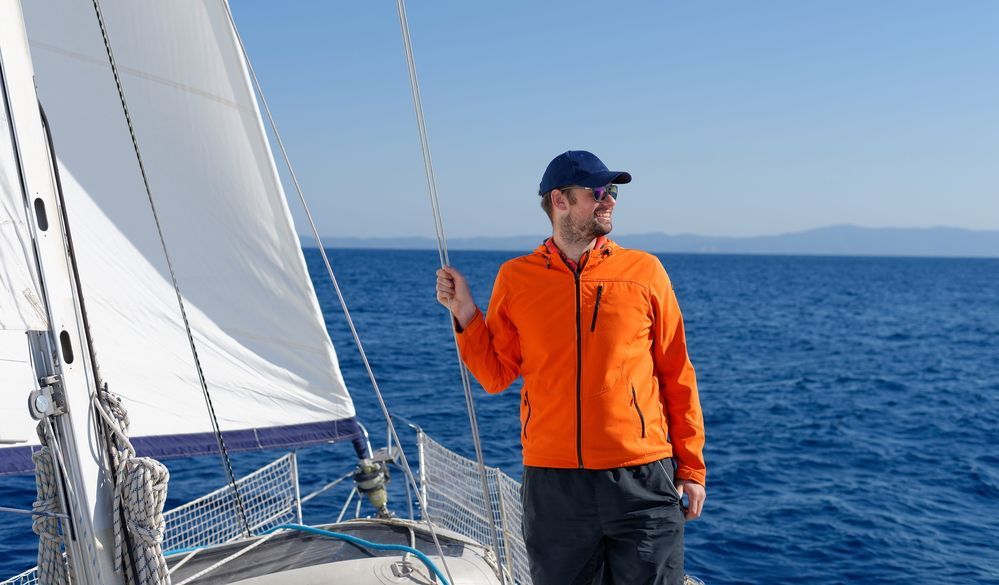Catching the Wind: How Weather Affects Your Sailing Experience

Sailing weather plays a crucial role in determining the success and enjoyment of your sailing experience. From gentle breezes to intense storms, the weather can influence your journey on the water. Understanding how different weather conditions affect sailing is essential for both safety and performance when you are learning to sail. Whether you're navigating through calm, sunny skies or facing the challenges of heavy weather sailing, knowing how to interpret and respond to weather patterns can make all the difference. By mastering the art of reading sailing weather, you can ensure a smoother, more enjoyable sailing adventure every time you set sail.
Pre-Sailing Weather Check
Before heading out, you should check the sailing weather forecasts to ensure a safe and enjoyable trip. By consulting up-to-date weather forecasts, sailors can anticipate wind speeds, wave heights, and potential storms, which helps in planning and decision-making. Numerous tools and apps, such as Windy, SailFlow, and marine weather services, provide real-time updates on sailing weather conditions. These resources enable you to gauge whether conditions are ideal or if you might encounter heavy weather sailing.
Impact of Weather Conditions
Sunny and Clear Skies
Sailing in sunny and clear skies often means enjoying favorable sailing weather. With steady winds and minimal cloud cover, you can expect smoother sailing conditions and better visibility. Clear weather typically brings consistent wind patterns, which are ideal for optimizing your sails and navigating efficiently. This kind of sailing weather allows for a more relaxed and enjoyable experience on the water.
Cloud Cover and Storms
Cloud cover can affect wind patterns, often leading to shifts in wind direction and speed. When sailing in overcast conditions or approaching storms, it's essential to stay alert. Heavy weather sailing requires extra precautions, such as securing your vessel and preparing for sudden gusts or squalls. Always monitor updates on weather forecasts to adjust your course and ensure safety.
Cloud Cover and Storms
Temperature changes also play a crucial role in sailing weather. Warmer temperatures can increase wind strength, potentially leading to more challenging conditions, while cooler temperatures may result in lighter winds. Both extremes influence sailing comfort and performance, making it vital to adjust your sailing strategy based on temperature fluctuations.
Adapting to Changing Conditions
If conditions shift from calm to windy or gusty, adjusting your sails is key. For lighter winds, ease the sails to maximize their effectiveness, while in stronger winds, you may need to reef your sails to prevent overpowering the boat. Altering your navigation route in response to changing wind directions can help maintain a steady course and optimize your sailing experience. Effective adjustments ensure you can handle both routine and heavy weather sailing with confidence.
Safety Precautions
In heavier weather sailing, safety must be a priority. Ensure all equipment is secured and perform regular checks on your boat’s rigging and safety gear. Keep an eye on weather updates and be prepared to seek shelter if conditions deteriorate. In stormy weather, reduce sail area, and avoid sudden maneuvers that could destabilize the boat. Always have a safety plan in place to handle unexpected weather changes and maintain a safe and enjoyable sailing experience.
Reach Out to Sunrise Sailing
At Sunrise Sailing, we're here to help you make the most of your sailing adventures. Whether you have questions about our sailing club, need advice on navigating different sailing weather conditions, or want tips on handling heavy weather sailing, our experienced team is just a call or email away. We’re committed to ensuring you have a memorable and safe
sailing in Georgia experience. Reach out to us today and let us assist you in planning your next voyage. Embrace the wind and let Sunrise Sailing guide you to new horizons!



